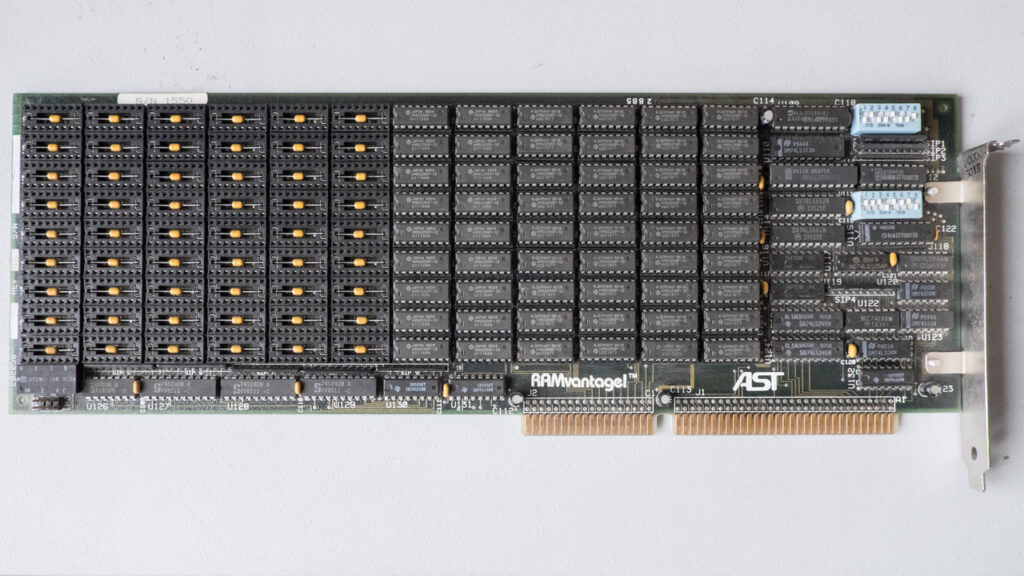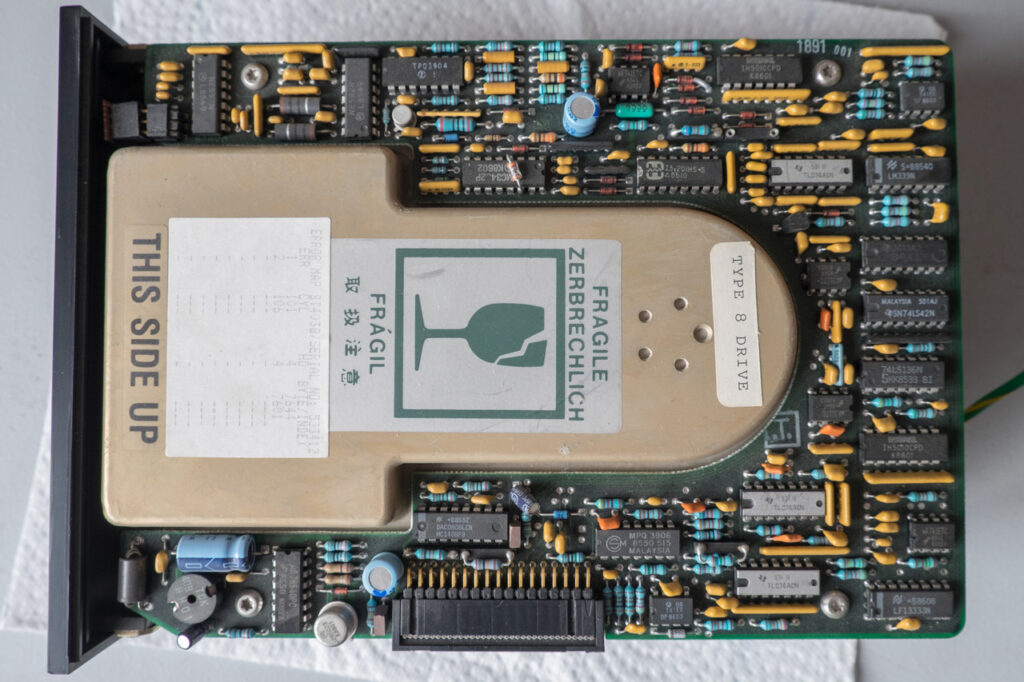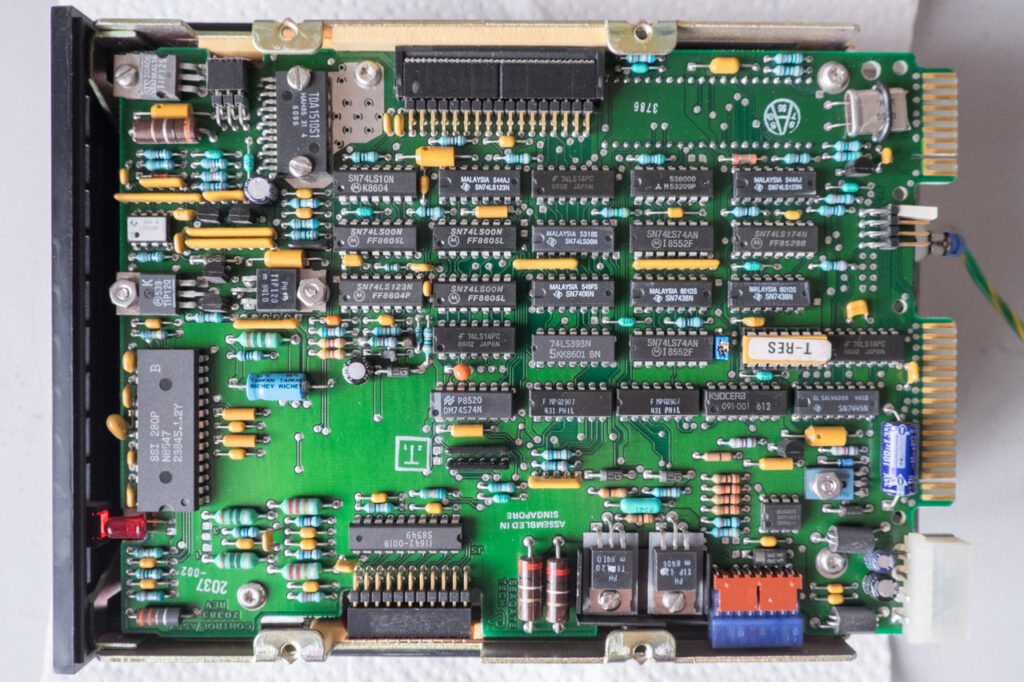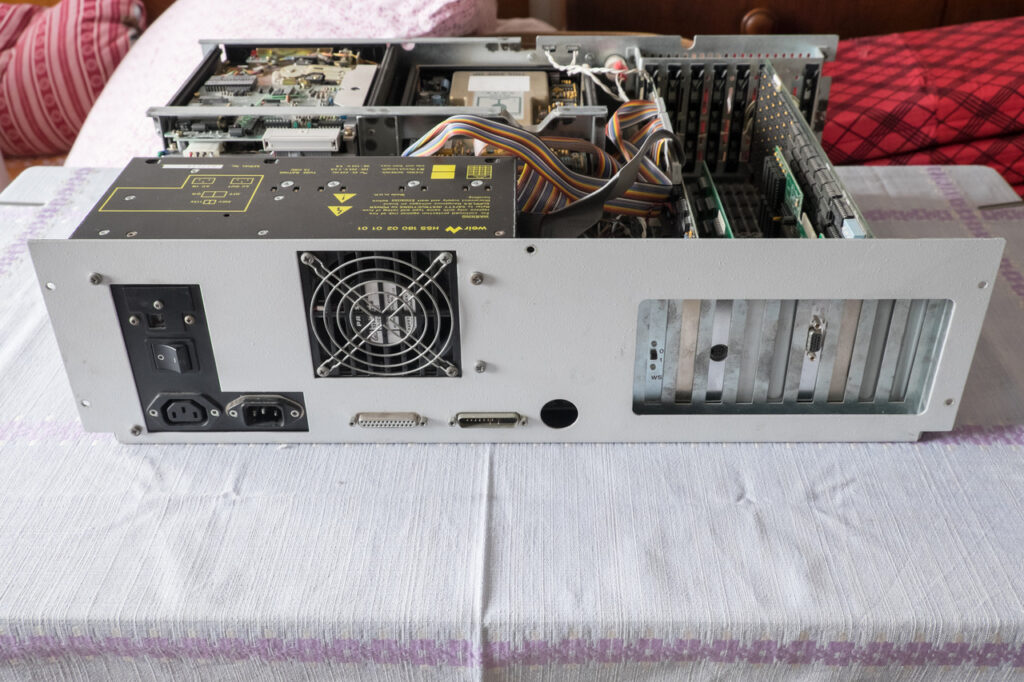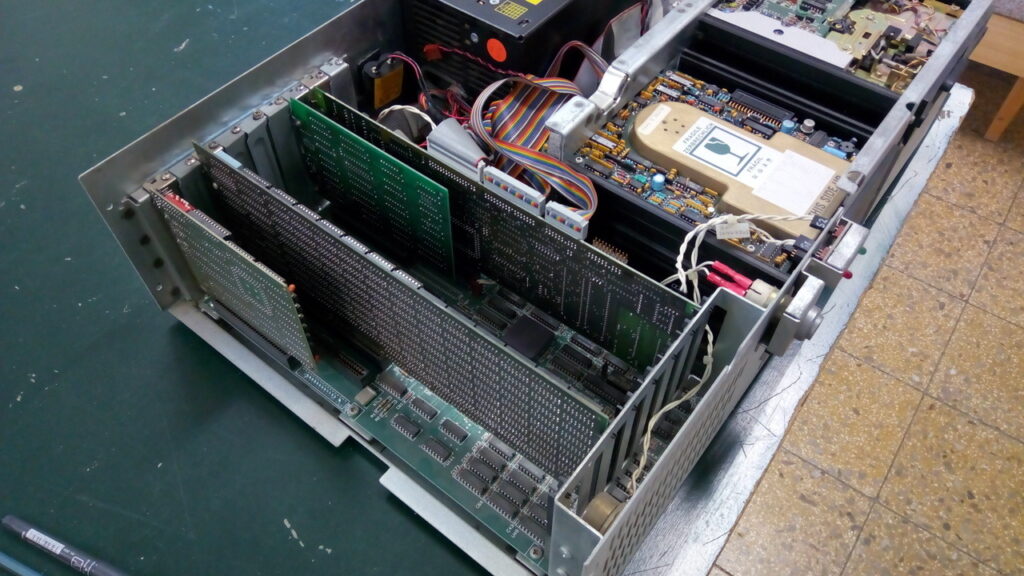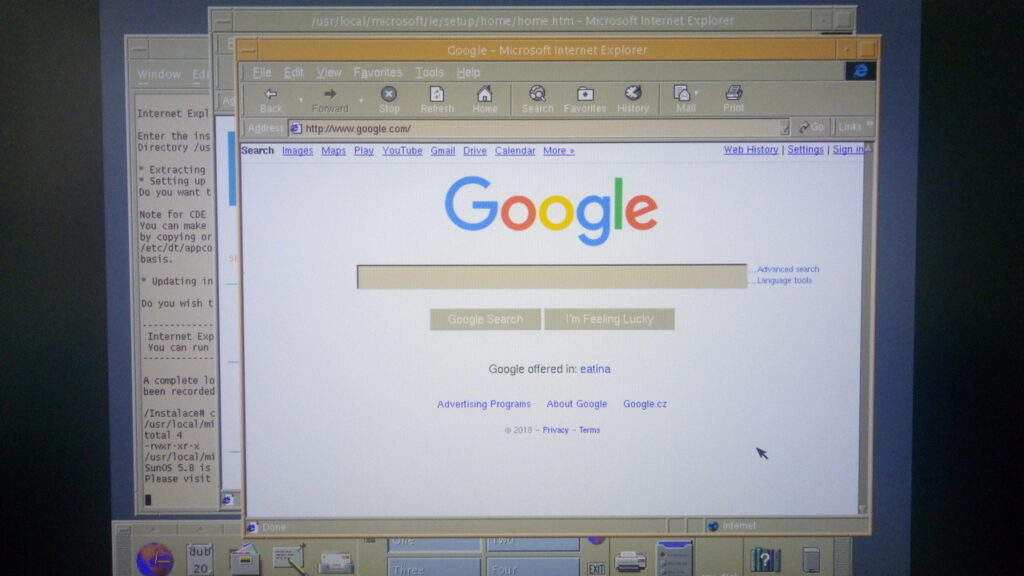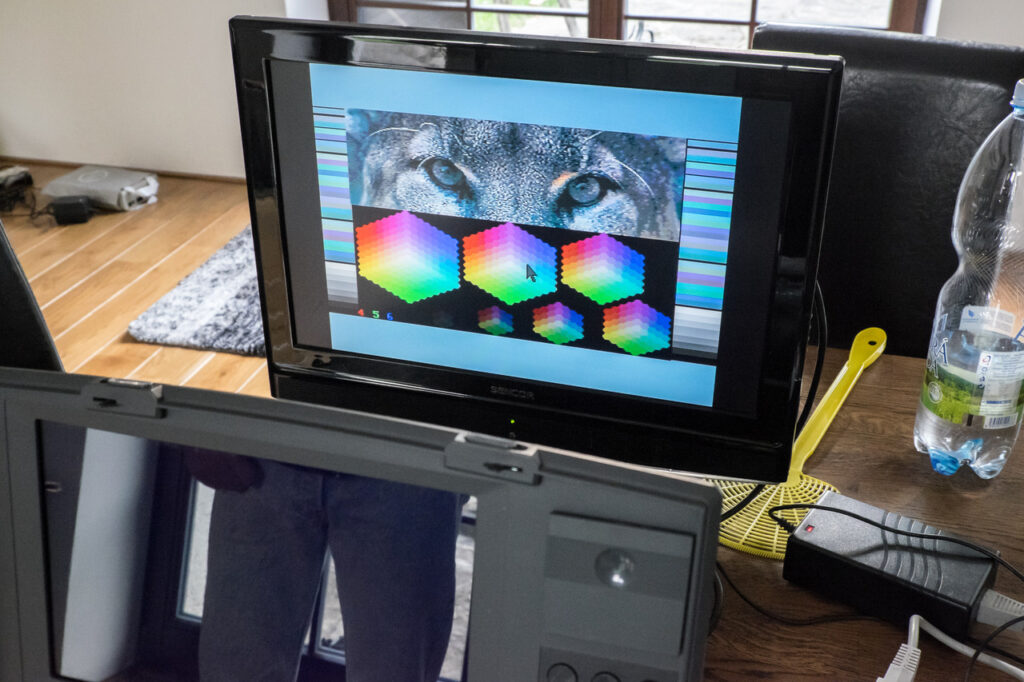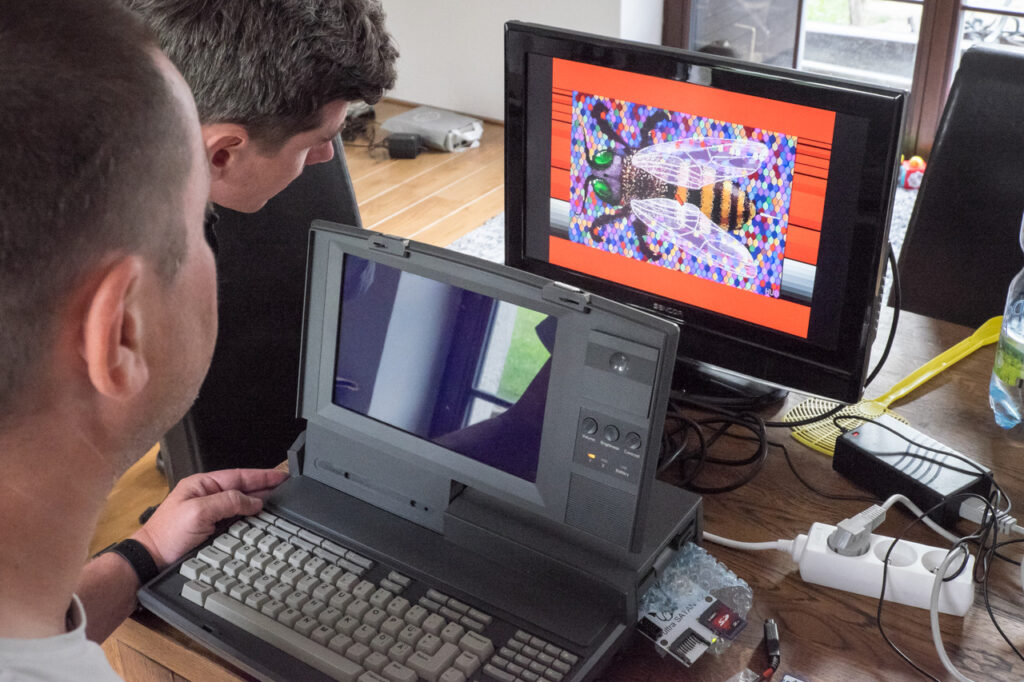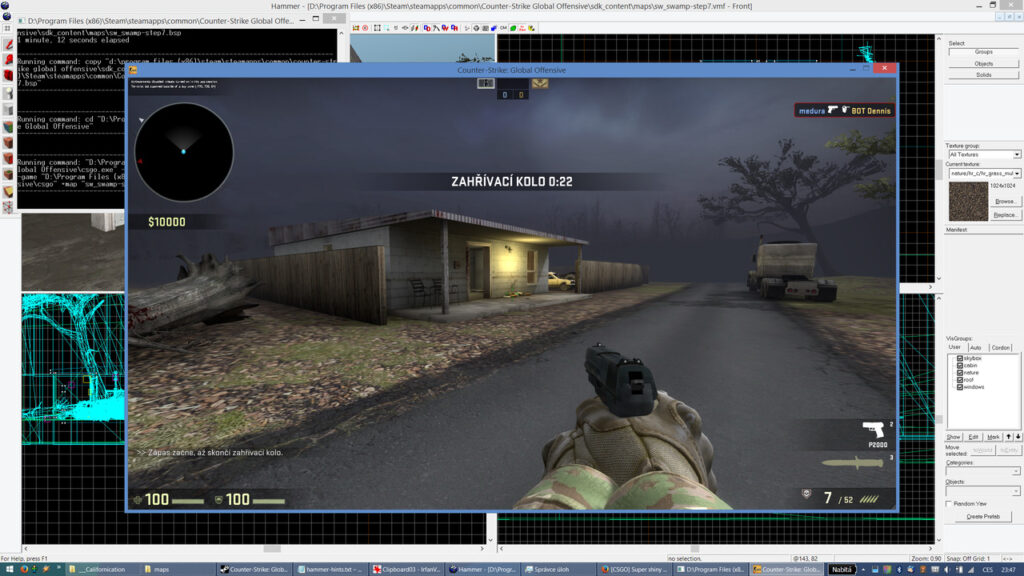Fixing issues on an SGI keyboard
There will be an annual vintage computer show called Bytefest soon in Prague, so my friend and I must prepare all the hardware we want to take with us. Last year, I was told by some visitors that it is inappropriate to use an IBM keyboard with SGI computers. Thus, we started our repairing marathon with this defective SGI keyboard (although I don’t think that using IBM Model M with any computer is inappropriate).
I’m used to the fact that servicing SGI computers is always pain in the ass. It seems that SGI peripherals are exactly the same story. The keyboard is designed the way that it is not possible to clean switches if you don’t want to disassemble the whole thing destructively.


